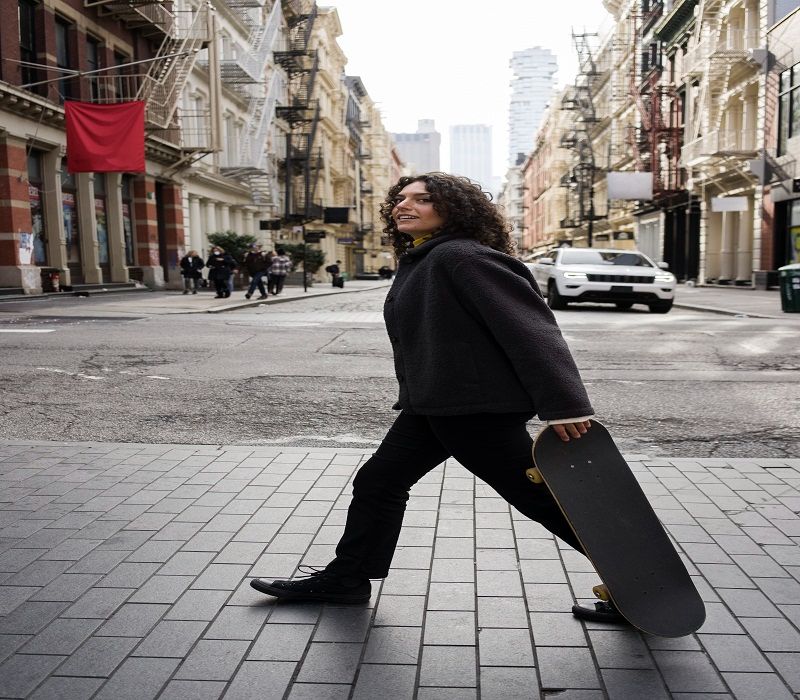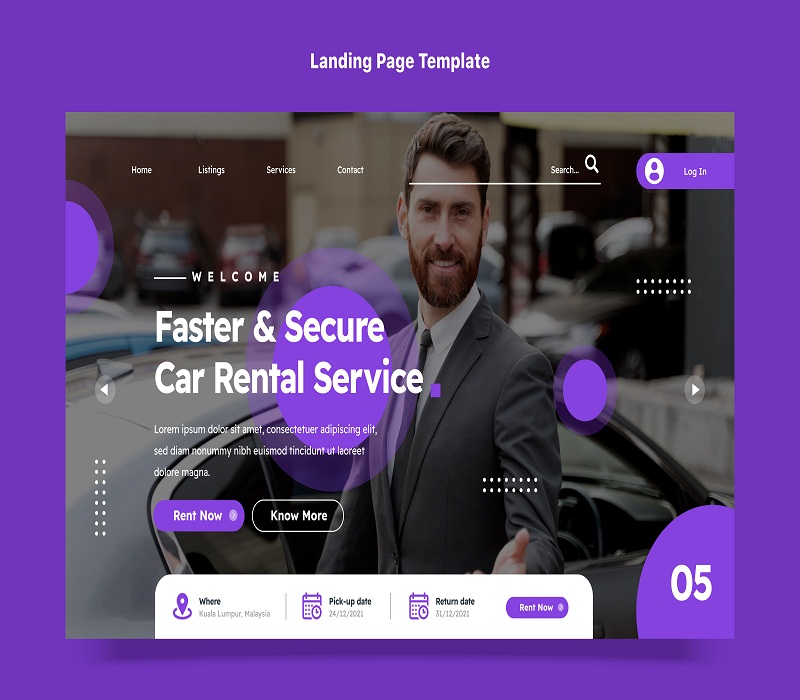Retail is a fast-moving, competitive industry where standing out is crucial. With customers having endless options, retailers must invest wisely in marketing to attract and retain buyers. But where exactly do they spend their money?
Research shows that retailers allocate around 50% of their annual marketing budget to just five core strategies: digital advertising, social media & influencer marketing, loyalty programs, in-store promotions, and email marketing. These methods deliver the highest return on investment (ROI) by driving traffic, increasing sales, and building long-term customer relationships.
In this comprehensive guide, we’ll break down each of these five key retail marketing strategies, explaining why they dominate budgets and how retailers use them effectively in 2025. Whether you’re a business owner, marketer, or just curious about retail trends, this article will provide valuable insights.
1. Digital Advertising: The Biggest Slice of the Budget (25-30%)
Digital advertising is the #1 expense for retailers, taking up 25-30% of their annual marketing budget. Why? Because it offers precision targeting, measurable results, and high conversion rates.
Why Retailers Love Digital Ads
- Highly Targeted: Unlike traditional ads, digital ads can reach specific audiences (e.g., “women aged 25-34 interested in sustainable fashion”).
- Real-Time Data: Retailers track clicks, conversions, and sales instantly, allowing quick adjustments.
- Multiple Formats: From Google search ads to YouTube video ads, retailers use different platforms to maximize reach.
Where Retailers Spend Their Digital Ad Budget
- Google Ads – When shoppers search for products, retailers bid on keywords to appear at the top. Example: Amazon dominates search ads for terms like “best wireless earbuds”.
- Meta (Facebook & Instagram Ads) – Retailers use carousel ads, shoppable posts, and retargeting to bring back potential buyers.
- Retail Media Networks (RMNs) – Platforms like Amazon Ads and Walmart Connect allow brands to advertise directly on e-commerce sites, leveraging first-party data..
ROI of Digital Advertising
Studies show that digital ads generate $2-$8 for every $1 spent, making them a must-have for retailers.
2. Social Media & Influencer Marketing (15-20%)
Social media isn’t just for brand awareness—it’s a powerful sales driver. Retailers spend 15-20% of their budget here because platforms like Instagram, TikTok, and Pinterest directly influence purchases.
Why Social Media Works for Retail
- Shoppable Posts: Instagram and TikTok allow in-app purchases, shortening the buying journey.
- Influencer Partnerships: Micro-influencers (10k-100k followers) drive higher engagement than celebrities because they feel more authentic.
- User-Generated Content (UGC): Customers trust real reviews and unboxing videos more than ads.
Top Platforms for Retail Marketing
- Instagram & TikTok – Best for fashion, beauty, and lifestyle products.
- Pinterest – Ideal for home decor, DIY, and wedding-related retail.
- YouTube – Long-form product reviews and tutorials perform well.
Case Study: Fashion Nova’s Success
Fashion Nova built a $400M empire by sending free clothes to influencers who posted styled outfits. Their Instagram-driven strategy proves that influencer marketing works.
3. Loyalty Programs (10-15%)
Acquiring a new customer costs 5x more than retaining an existing one. That’s why retailers invest 10-15% of their budget in loyalty programs..
Types of Loyalty Programs
- Points-Based Systems (e.g., Starbucks Rewards) – Customers earn stars per purchase, redeemable for free drinks.
- Tiered Memberships (e.g., Sephora Beauty Insider) – Higher spenders get exclusive perks.
- Referral Programs – Customers get discounts for bringing friends.
Why Loyalty Programs Work
- Increase Customer Lifetime Value (CLTV): Loyal shoppers spend 67% more than new ones.
- Encourage Repeat Purchases: Limited-time rewards keep customers coming back.
4. In-Store Promotions & Visual Merchandising (10-15%)
Despite the rise of e-commerce, 80% of retail sales still happen in physical stores Retailers spend 10-15% of their budget on in-store marketing to boost foot traffic.
Key In-Store Strategies
- Window Displays – Eye-catching designs pull shoppers inside.
- Point-of-Purchase (POP) Displays – Products placed near checkout encourage impulse buys.
- Experiential Retail – Interactive demos (e.g., AR mirrors for virtual try-ons) enhance engagement.
Example: Apple’s Store Experience
Apple stores use minimalist layouts and hands-on product demos to create a premium shopping experience
5. Email & SMS Marketing (5-10%)
Email marketing delivers $40 ROI for every $1 spent, making it a cost-effective strategy Retailers allocate 5-10% of their budget here.
Best Practices for Retail Email Marketing
- Abandoned Cart Emails – Remind shoppers of items left behind.
- Personalized Recommendations – Use past purchase data to suggest products.
- Flash Sale Alerts – Create urgency with limited-time discounts.
SMS Marketing: The Rising Star
- Text messages have a 98% open rate, making SMS ideal for flash sales and order updates .
Conclusion: Why These 5 Strategies Dominate Retail Budgets
Retailers focus on digital ads, social media, loyalty programs, in-store promotions, and email/SMS marketing because they deliver measurable results. These strategies:
Drive immediate sales (digital ads, in-store promotions)
Build long-term loyalty (loyalty programs, email marketing)
Enhance customer experience (social media, experiential retail)
By investing heavily in these areas, retailers stay competitive in an ever-changing market.
FAQs
1. Why do retailers spend so much on digital ads?
Digital ads offer precise targeting and real-time tracking, ensuring every dollar spent generates sales.
2. Are loyalty programs worth the investment?
Yes! Loyal customers spend 67% more than new ones, making retention cheaper than acquisition.
3. How effective is influencer marketing for retail?
Influencers drive 4x higher engagement than traditional ads, especially among Gen Z shoppers.
4. What’s the future of retail marketing?
AI-driven personalization, social commerce, and omnichannel experiences will dominate in 2025 and beyond.
Final Thoughts
Retail marketing is all about balancing short-term sales with long-term loyalty. By focusing on these five key strategies, retailers maximize their budgets and stay ahead of the competition.
Want to apply these tactics to your business? Start with one high-ROI strategy and scale from there!
For more interesting articles; visit our website “techysumo”









